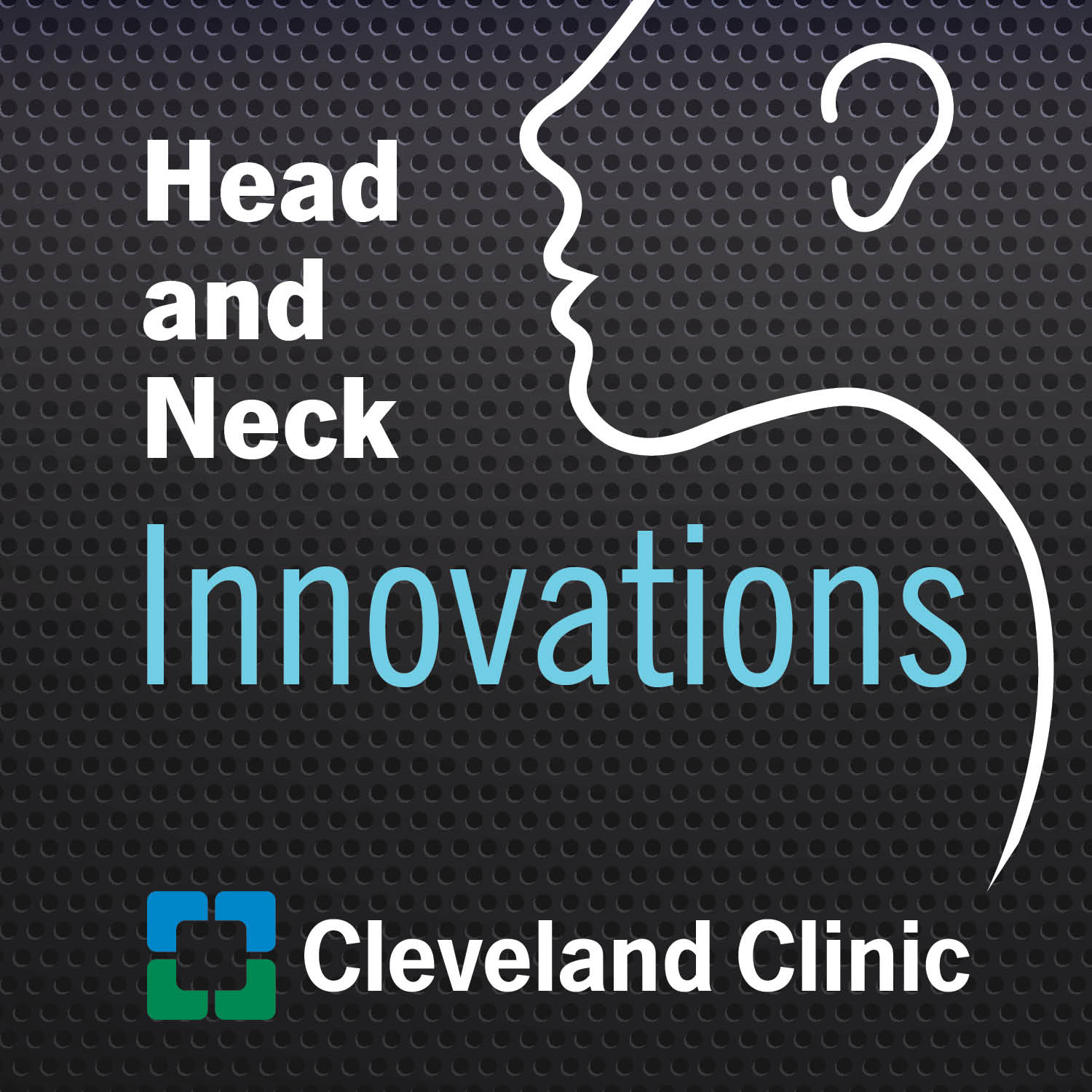
Head and Neck Innovations
Subscribe:

Featured Episode
Advances in Pediatric Otolaryngology Care
Mark Fadel, MD joins this episode of Head and Neck Innovations to discuss recent advances and innovations he is excited about as he starts his practice in pediatric otolaryngology. Advancements in medical treatments like Dupixent and Trikafta are transforming care for children with allergic rhinitis and cystic fibrosis, reducing the need for surgery and improving outcomes.
Play NowAll Head and Neck Innovations Episodes
October 28, 2025
2025 Contemporary Multidisciplinary Care of the Head and Neck Cancer Patient CME
Brandon Prendes, MD joins this episode of Head & Neck Innovations to discuss the upcoming 2025 Contemporary Multidisciplinary Care of the Head and Neck Cancer Patient course. The course provides a contemporary update of management strategies for head and neck cancer, using a multidisciplinary approach.
Play NowJuly 9, 2025
Unified Care: Integrating Voice, Swallowing, and Upper Airway Disorders
Claudio Milstein, PhD joins the podcast to discuss the concept of unified care in managing voice, swallowing, and upper airway disorders. Dr. Milstein explains the importance of interdisciplinary collaboration in optimizing patient outcomes and shares details about an exciting upcoming CME on unified care.
Play NowJune 25, 2025
The Impact of Hearing Loss on Safety, Quality, Patient Experience and Outcomes
Sarah Sydlowski, AuD, PhD returns to the podcast to discuss the importance of proper communication to patients with hearing loss. Dr. Sydlowski explains how effective communication can influence patient compliance with provider recommendations and overall treatment adherence, as well as how healthcare systems can optimize care for patients with hearing loss.
Play NowJune 11, 2025
Vocal Vitality: Innovations in Voice Care
We welcome singing voice specialist (SVS) Dr. Nick Klein to the podcast, as he discusses the SVS's role in vocal injury recovery. Dr. Klein and Dr. Bryson also emphasize the importance of multidisciplinary collaboration between medical professionals, speech-language pathologists, and voice teachers to ensure optimal outcomes for this unique patient population.
Play Now

